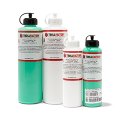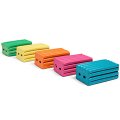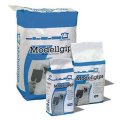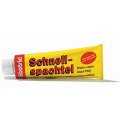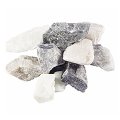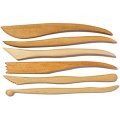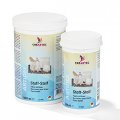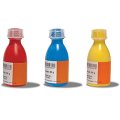Plasticine
Information about plasticine
Plasticine is the epitome of the group of modelling materials that remain pliable without drying out. As a rule, it is made from natural raw materials. These consist of binding agents (e.g. wax, paraffin), fillers (e.g. kaolin) and colouring materials.
It was invented in 1880 by the pharmacist Franz Kolb from Munich. He called his brand new material “Plastilin” at the time. The pharmacy suddenly became a company that produced, and still produces to this day, the “real” plasticine using the original recipe.
Uses: Nowadays, plasticine is sold by other manufacturers with many different applications in mind: as “dough” it is a very popular handicrafts material; in architectural model making it is used to make basic planning models (undetailed); sculptors use it for modelling studies; in the making of moulds it is used as a “blocking-out” agent or as a placeholder when making mould supports; animators appreciate the pliability of plasticine because it allows them to generate movement in their figures with very little effort, etc, etc.
In view of the various areas of use, alongside the original Münchner artists´plasticine we also carry many other modelling materials at different price levels which are non-drying and forever pliable as well. The special characteristics of these individual materials can be found described in the text at each one separately.
Treatment: Many manufacturers describe plasticine as a thermoplastic modelling material because its pliability and mouldability increases as the temperature rises. When warmed by hand, it has the consistency of short crust dough. Plasticine should not be worked with at temperatures higher than 40 °C to 45 °C. If used as a modelling material, it can be worked with and shaped by hand or modelling tools just like clay. Smaller objects do not normally require a base body – larger shapes, however, should be built on a substructure (armature).
